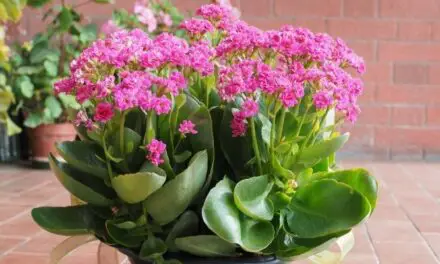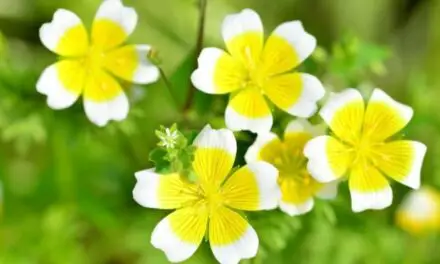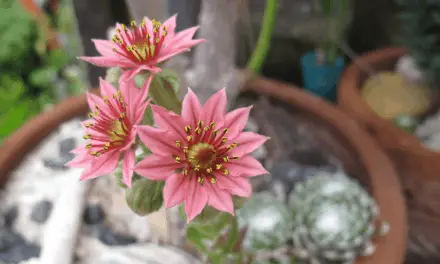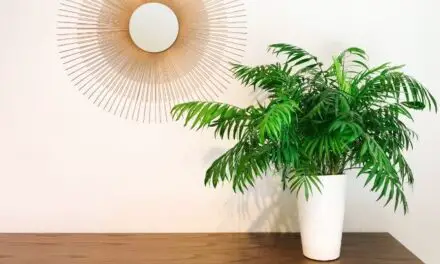Norfolk Island pines are a popular plant around the holiday season.
You will see lots of them popping up in garden centers and stores around November and December.
And because they look so Christmassy, you might just decide to take one home and grow it as a living Christmas tree.
That’s not a bad idea and these actually make a lovely house plant – but you need to understand that looking like a Christmas tree is about the only thing a Norfolk Island pine has in common with cold weather.
In their native environment, they are tropical trees and if you don’t treat them as such in your home, they can quickly begin to dry out and die.
Table of Contents
Why Is My Norfolk Island Pine Drying Out?
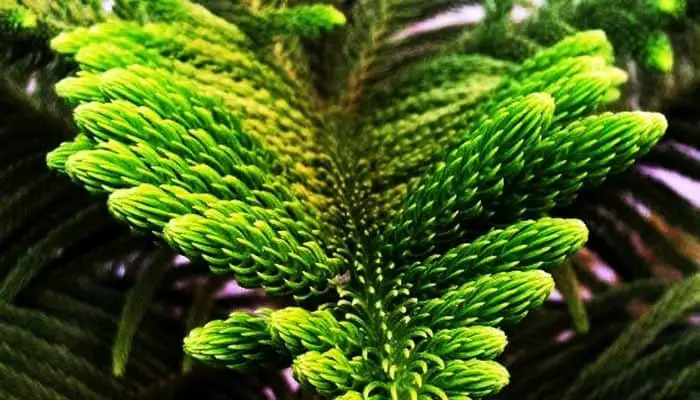
Your Norfolk Island pine is drying out because it is not receiving enough water or humidity.
This plant needs lots of humidity and a moderate amount of water to keep it from drying out and withering away.
The Norfolk Island pine is native to Norfolk Island, a sub-tropical region located off the east of Australia.
In its native climate, it likes moist soil, high humidity, and mild to warm air temperatures of around 63˚F to 75˚F.
And if we don’t do a good job of mimicking this environment, the plant can start to dry out.
Unfortunately, once this plant dries out too much it can be difficult to revive.
How To Prevent Your Norfolk Island Pine From Drying Out?
To prevent your Norfolk Island pine from drying out you need to keep its soil evenly moist, give it lots of bright indirect sunlight, provide it about 50% humidity and keep it at a temperature between 63˚F and 75˚F.
This plant is prone to dryness and if you don’t keep an eye on it while also getting most of the elements of its care just right, its health can go downhill fast.
Let’s take a closer look at how to properly care for the Norfolk Island pine so it will not dry up on you.
Light And Temperature
These plants like it to be bright and to be at about the temperature of a cozy house.
A bright area is good but keep them back from any window that gets full sun or they will burn.
Light
Norfolk Island pines like lots of bright indirect sunlight.
They don’t do well in full sun and if they get too much of it they will scorch, dry out and start turning brown.
Temperature
These plants won’t survive for long in outdoor temperatures under 50 degrees F.
So you’ll have to keep it indoors if it gets a little chilly in your area.
It makes an ideal house plant because it enjoys the same temperature range that we usually keep our homes at (63˚F to 75˚F).
Just beware of any cold drafts or sudden changes in temperature which can shock this plant.
Likewise, if you’re buying this plant from a garden center, make sure the temperature in your home is similar to the temperature it is used to living in.
Don’t drive it home and leave it in the garage overnight where the temperature may drop too low and shock it.
Water And Humidity
Water
Incorrect watering is the most common cause of Norfolk Island pines becoming dry.
These plants like to have their soil kept evenly moist.
Not too dry and not too wet.
It’s best to let your Norfolk Island pine tell you when it needs water.
Test the soil with your finger and if it feels dry about an inch under the surface then it needs watering.
If you feel a bit of moisture in the soil, wait a day or two and then check again.
A bit of underwatering is better than overwatering.
It will quickly recover from a little underwatering but if you overwater it and rot sets in, you’ll have a bigger problem.
Ensure your pot has good drainage and never let this plant’s roots become waterlogged.
Discard any excess water from the drainage.
They also like water at the same time of day.
So, if you water your plant at 11 am, then do so again at about the same time of the morning.
Humidity
Norfolk Island pines require around 50% humidity and homes only offer 15% to 20%.
Humidity levels in many homes can often drop below this, especially in winter when the heating is on.
So it’s a good idea to keep a humidifier nearby.
You can also place it on a pebble tray or group it together with other plants that like to perspire.
If you have a dry home or live in an arid climate, consider using a hygrometer.
Related Article: Why Is My Bird Of Paradise Drooping? (And What To Do)
Good Circulation
The needles and branches of the Norfolk Island pine love a decent amount of airflow.
Stagnant air can cause the branches to wilt and dry.
Keep a small oscillating fan on the lowest setting about five feet away but not blowing directly at your plant.
Set it up so that air bouncers around the room to freshen it up.
Too much airflow can stress out the plant and rob it of moisture, which can also cause it to dry.
Fertilizer
Although fertilizer isn’t nearly as much of a problem for Norfolk Island pines as other kinds of houseplants, it can be a reason why it’s drying out.
Older and more mature ones need less fertilization than younger plants, only once every two to three months.
You can fertilize younger plants about once per month.
When they reach maturity, slow it down.
Wait for four to six months before giving fertilizer to a repotted Norfolk Island pine.
Soil
You can use a slightly acidic, well-draining potting mix that’s more on the sandy and peaty side.
It should remain moist but not sopping wet and shouldn’t be bone dry.
As a general rule, don’t let the soil go dry for more than an inch beneath the surface.
How To Revive Dry Norfolk Island Pine
To revive this plant you’ll need to raise the humidity in its environment and water it if it’s too dry.
Test the soil with a finger and if it’s dry below an inch deep give the plant a good watering.
Water it well, allowing plenty of water to seep through the soil and root system, then pour away any water that drains through the bottom of the pot.
You can then move it to a more humid spot and water it again when the soil becomes dry.
It can be tricky to revive a Norfolk Island pine that has been left to dry out too much, especially once you notice browning, drying, and branches coming apart.
As long as there’s new growth at the top of the plant, it should live but new growth may not reappear in bare, dead areas.
You can also prune dead growth with pruning snips that are clean and sterilized.
This will promote new growth and help guard against pests.
Check to see if it gets enough water, fertilizer, and sunlight.
Be cautious with overwatering or under watering and always remove any excess moisture right after watering.
Final Thoughts
The Norfolk Island pine doesn’t just have to be a house plant for Christmas.
They last many years when properly looked after and aren’t that difficult to take care of.
Because these plants make an appearance in the cold winter months and tend to look a lot like Christmas trees, people sometimes treat them as such and forget to cater to their needs for warmth, water, humidity, and moist soil.
Neglecting these needs can quickly lead to the Norfolk Island pine drying out and when left to dry out too much, it can be a difficult plant to revive.
But if you keep a close eye on these plants and catch any dryness early, you have a great chance of reviving them with minimum lasting effects.

